Can-Am Outlander 850 DPS Pt 3: Staying Warm in Winter

Three Keys to Keep You Comfortable When the Temperatures Drop
It might be warming up where you are, but in my home base here in the northeast, we’re still in the middle of winter. We’ve had snow and ice storms all winter, and the temperature has barely topped the freezing point since December. So how am I staying warm on the Can-Am this winter? Here are three tricks I’ve used not just this winter, but over the past few years of plowing and trail riding.
Layering
If you don’t want to spend a lot of money staying warm, this is the best place to start, because you can just take the clothes you already have and wear more of them.
Having said that, after spending a lot of time working and playing outdoors, I think a lot of people get the wrong idea here. They just throw on a lot of clothes and call it good enough. You should layer smart. First, put on a synthetic base layer, so if you do end up sweating, you’re not wearing wet clothes that chill you later in the day. Over that synthetic layer, put on some wool, maybe a thin merino undershirt or something a bit thicker.
Then, put on something thick, ideally with lots of pile. This doesn’t just trap warm air close to your body but also serves as insulation that stops the cold outdoor air from sapping energy and warmth from your body far better than layering a few thin layers can do.
Finally, get a good waterproof and windproof layer over all this. Otherwise, riding all day in cold air will see your core heat sapped as the breezes cut through your clothes. If you overheat at some point in the day, removing only this windproof layer can cool you off quickly as you ride.
You can get by with fewer layers on your legs than your torso, but the same general principles apply. When you’re getting dressed, don’t forget to wear a Buff or similar neck warmer as well. It will keep your blood vessels warmer and help keep your core warm.
Heated Gear
The next step is a heated vest and gloves. Grip heaters on your ATV are fine, but they only warm your palms, while it’s the backs of your fingers and hands that are cooling off quickly because they’re in the breeze. A set of heated gloves are much warmer over a full day of riding.
As for the vest, a battery-powered vest is convenient and allows you to stay warm when you’re off the ATV. It is also easy to switch between machines. If you’re riding an older ATV, the charging system might not have enough extra output to keep you warm without running down the onboard battery, so running gear that’s powered by its own battery might be necessary.
However, the batteries used to power heated gear usually limit you to a couple of hours of warmth at the highest temperatures. A 12-volt vest that can also be wired directly to your ATV’s electrical system is far better if you’re looking to ride all day long in warmth. You can buy extra batteries for heated gear, but that adds expense and hassle. A plug-in solution is better. Gear that offers both options is best, such as a USB cord that you can plug into either a battery or your machine.
Heated vests are very common and practical, as they fit under outerwear more easily than a full jacket. However, a jacket with heating elements in the sleeves is considerably better if you’re riding in sub-freezing temperatures. If you’re going to be on the trails for long periods of time, or if you’re particularly susceptible to cold, this is the way to go.
However, I have never seen a good battery-powered heated jacket. Most of them are plug-in, and most of them offer the ability to plug heated gloves into the ends of the sleeves as well.
Heated gear comes at a cost, but that cost is dropping all the time. Wear it close to your skin, and it will keep you warm with minimal need for extra layering.
One-Piece Suit
If you’re feeling spendy, a one-piece suit will help a lot, as it locks out the cold much better than wearing separate jacket and pants, which allows cold to seep into the seams of your clothing.
There are one-piece ATV suits available specifically for cold-weather riding. A snowmobile suit obviously works well in this role as well. I’ve often used my old Aerostich suit for mid-winter snowplow jobs. These Gore-Tex suits are made for the motorcycle market and probably are overkill for ATV use, with heavy-duty protective padding built into the shoulders, elbows, back, and knees, but they sure feel nice when the sleet is blowing at you sideways.
All of the Gear...

Professional hoser. Raised by wolves on Prince Edward Island. Now living in the wilderness of Charlotte County, New Brunswick. Lover of internal combustion engines.
More by Zac Kurylyk



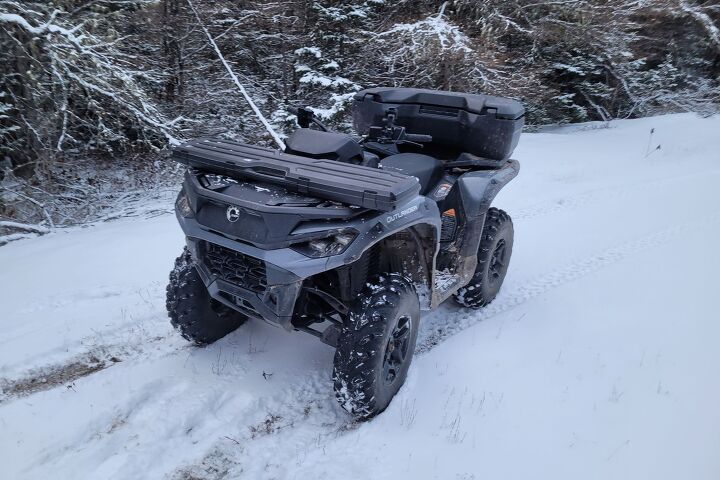





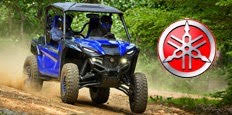



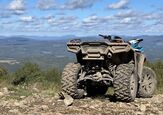

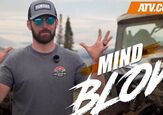
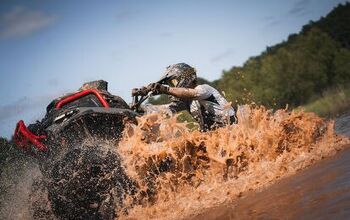
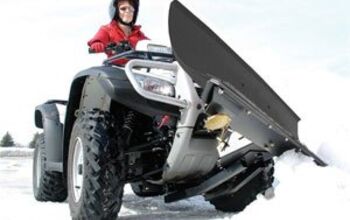
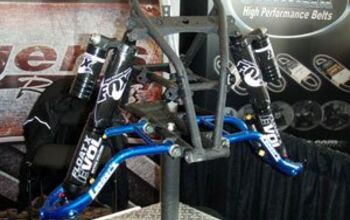
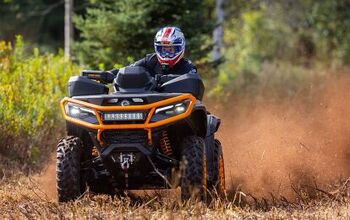

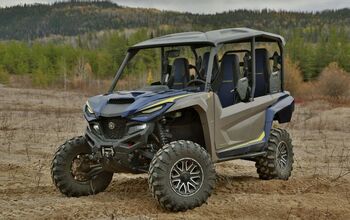
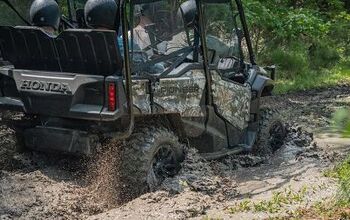
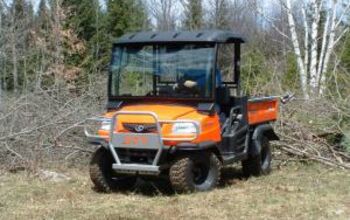
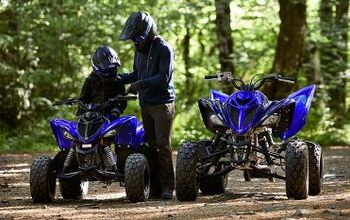
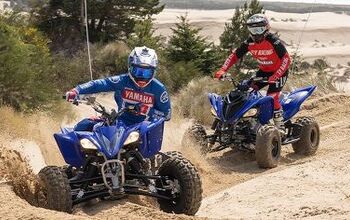
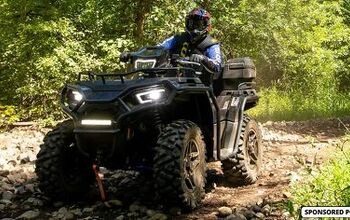
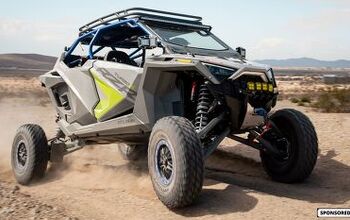
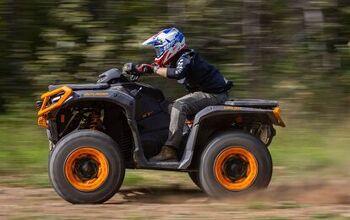
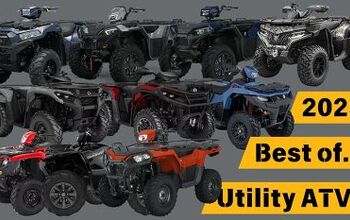
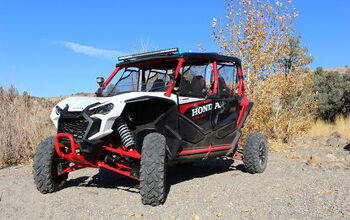
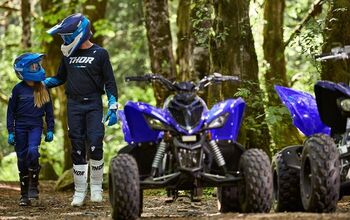

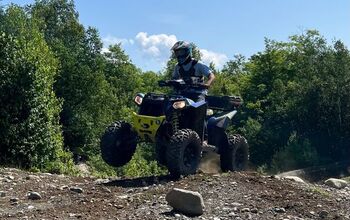
Comments
Join the conversation